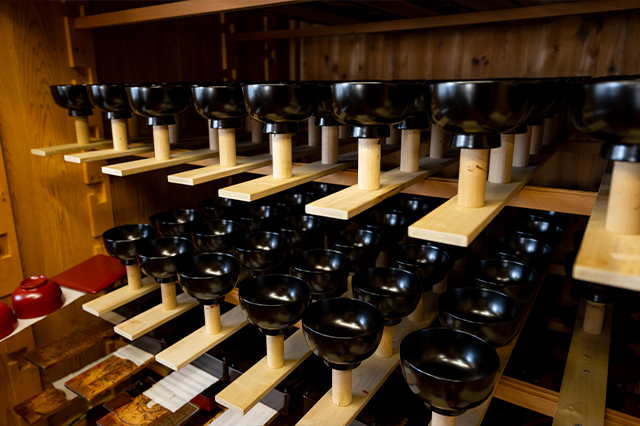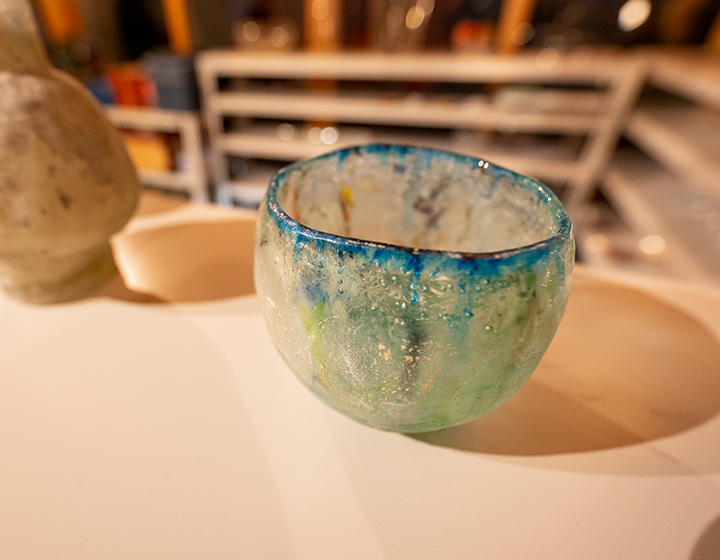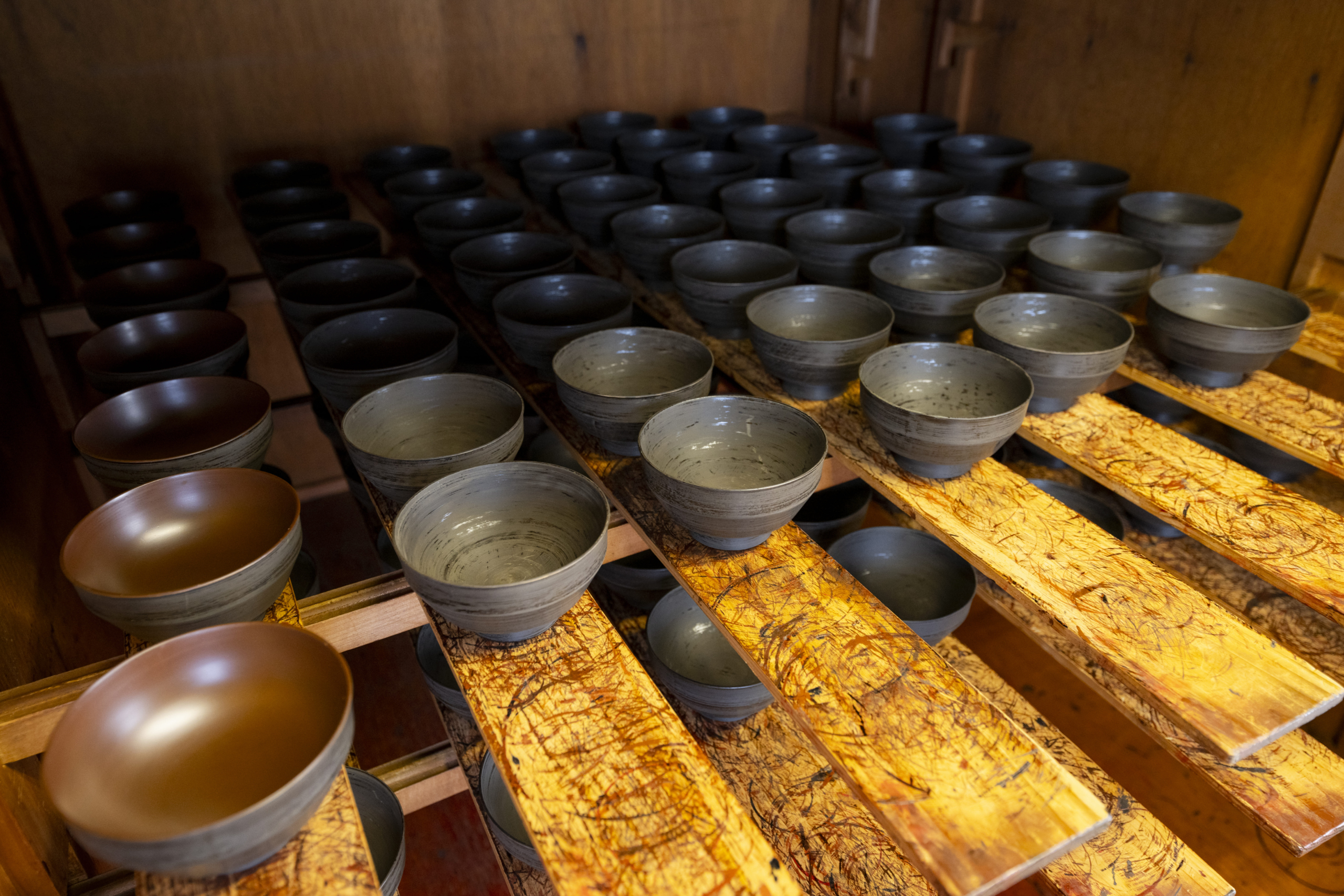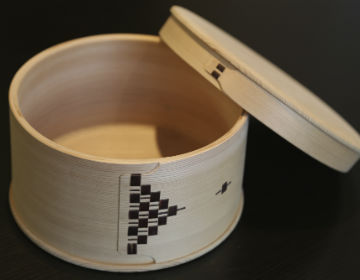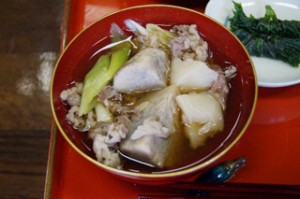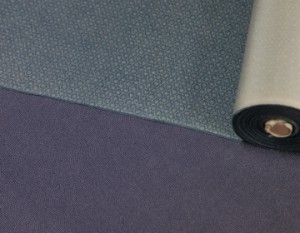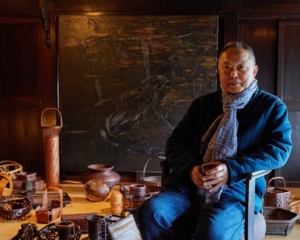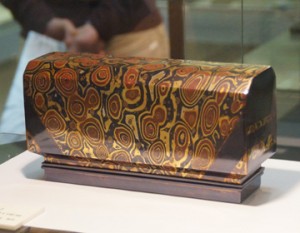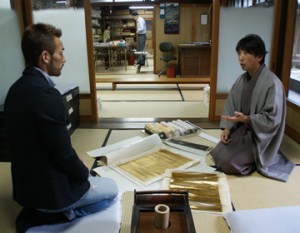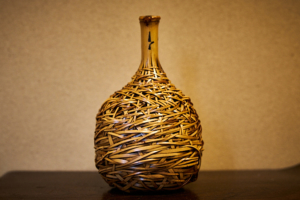Town of lacquerware with over 800 years of history
Yuzawa City, the southern gateway to Akita Prefecture, is, as its name suggests, blessed with an abundance of hot springs. Located in the northeastern part of the city is Kawatsure, a small but well-known lacquerware town with a history of more than 800 years.
It is said that the town’s history dates back to the Kamakura period (1185-1333), when the lord of Inaniwa Castle, who ruled over the southern part of Akita Prefecture for 400 years, had his warriors apply lacquer to their swords’ sheaths, armor, and other weapons. Later, during the Edo period, lacquer was widely used for bowls, tables, stacked boxes, and other tableware, and Kawatsura lacquerware became widely popular as a daily necessity for local people and as a craft.
Lacquerware is generally made by a division of labor among craftsmen specializing in woodworking, lacquering, chinkin and maki-e. In Kawatsura, all of these craftsmen work within a radius of one hundred yards. In Kawatsura, all of these craftsmen are concentrated in a small town within a radius of 2 km. This is rare in Japan. In Kawatsure, there is “Akita Kawatsura Nuri Jujiro,” a traditional lacquerware workshop that has been in operation since the beginning of the Meiji period. Fumiyuki Sato, a lacquer painter, started planting lacquer trees five or six years ago in order to produce lacquerware using lacquer produced in Yuzawa at this small workshop.
Most of the lacquer distributed in Japan today is produced overseas, and Kawatsura is no exception. Domestic lacquer is produced in small quantities and is difficult to obtain. Because of its high price, the current situation is that people must rely on foreign lacquer. Mr. Sato says, “It is not that there is anything wrong with overseas lacquer, but there are things we must start doing now to prevent domestic lacquer from dying out. He wants to pass on to the next generation what is possible only here in Kawatsura and what can be protected.
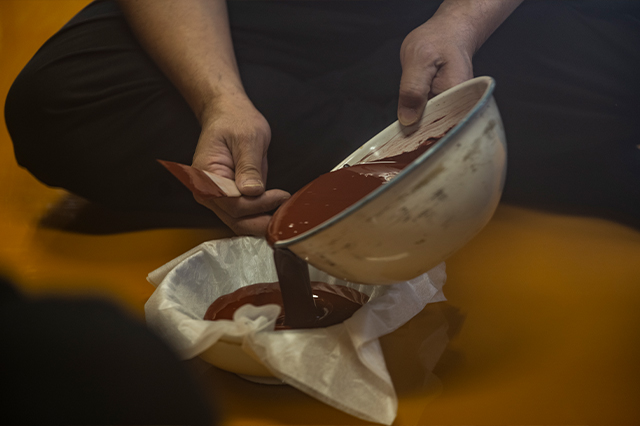
Kawatsura Lacquerware that takes time to complete
Kawatsura lacquerware is made by smoking and drying roughly ground wood with heat and smoke. In the past, this method was used in all lacquerware production areas, but recently, as efficiency has improved, artificial drying using machines is being used. The good thing about smoke-drying is that the wood is dried slowly and carefully over a long period of time, which reduces distortion and cracking of the wood. In addition, the components of the smoke provide antiseptic and mothproof effects.
Kawatsura is a small lacquerware production area. We couldn’t afford to invest in equipment,” says Sato, smiling broadly.
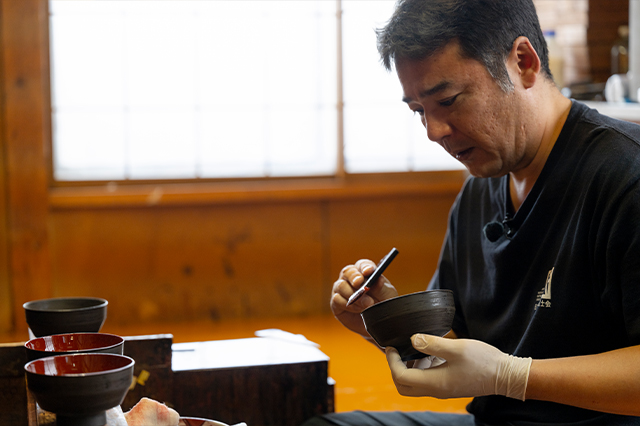
The most distinctive feature of Kawatsura lacquerware is the final coating process. This process is called “Hana-nuri,” which is also called “Nuridate” (lacquering). The lacquer is finished without polishing, which is said to bring out the natural luster of the lacquer and enhance the texture of the lacquer and its soft touch. Another charm of this technique is that the top coat is thicker than that used in other regions, and as it is used more and more, the color and luster of the lacquer increases, making the vessels even more beautiful. The process to complete a piece of lacquerware is surprisingly long, not only for Kawatsura lacquerware, but also for other types of lacquerware. The process of lacquering alone requires 30 to 50 steps before it is completed.
Once the lacquer is applied, it is left to dry for five to seven days. After polishing, the lacquer is applied again. This process is repeated over and over again. This process increases the durability and makes the vessels durable enough to be used for a long time. The surface of the finished vessel does not show the layers of lacquer. However, the passion and skill of the craftsmen involved in the dozens of processes involved in the lacquering process is evident.
Kawatsura lacquerware, made from horse chestnut, is light to the touch and has excellent heat retention properties. Above all, it is gentle and pleasant to the touch when you eat it. I would like you to try eating rice in a bowl made of Kawaren lacquerware. I think you will find that the bowls are not only beautiful to look at, but also gentle to the palate,” he says. While gliding the brush evenly over the bowls, Sato spoke affectionately about the charm of Kawatsura lacquerware.
